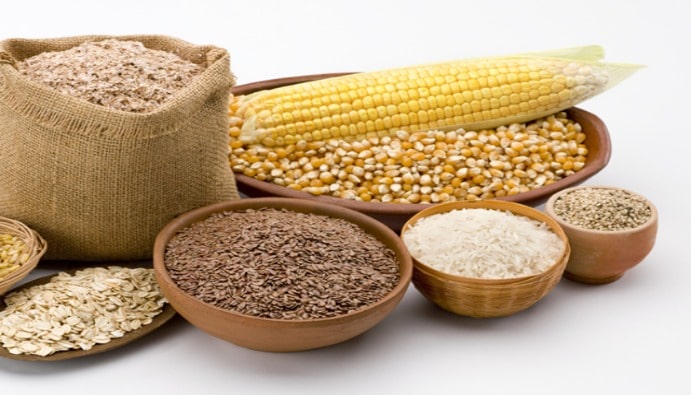
BLOG
KATEGORİDEKİ DİĞER YAZILAR

Mycotoxins: Natural compounds produced by mold fungi (fungi) and found in food and feed. Usually these species thrive in favorable temperature and humidity conditions and produce mycotoxins.
It has various health effects in humans and animals. When mycotoxins enter the food supply, they can cause damage at every point in the chain. They affect everyone from farmers to grain mills to grain consumers.
Grains can become contaminated with mycotoxins during crop growth or during storage of the grain, creating the need for mycotoxin testing at every stage of the food supply chain. The most important mycotoxins are aflatoxin, deoxynivalenol, fumonisin, ochratoxin A, citrinin, alterneria, patulin, T-2/HT-2 and zearalenone.
Mycotoxins affect grain quality, reduce animal productivity and pose significant health and food safety risks to humans, production animals and pets.
Mycotoxins are well known to affect the health and development of chickens, cows, horses and other animals that eat moldy grains. Symptoms of chronic mycotoxin consumption range from a weakened immune system to liver cancer. Mycotoxin testing in cereals is vital for human health production animals.
Food Products
Non-Food Products
Nanolab Laboratories Group continues to provide services within the scope of Mycotoxin Detection in Food and Feed. We also provide services on Mycotoxin Determination in Silage Feeds.
Contact us for more information.
You can follow us on LinkedIn for up-to-date news and posts about our services.
Follow our Instagram account to be informed about our latest blog posts.